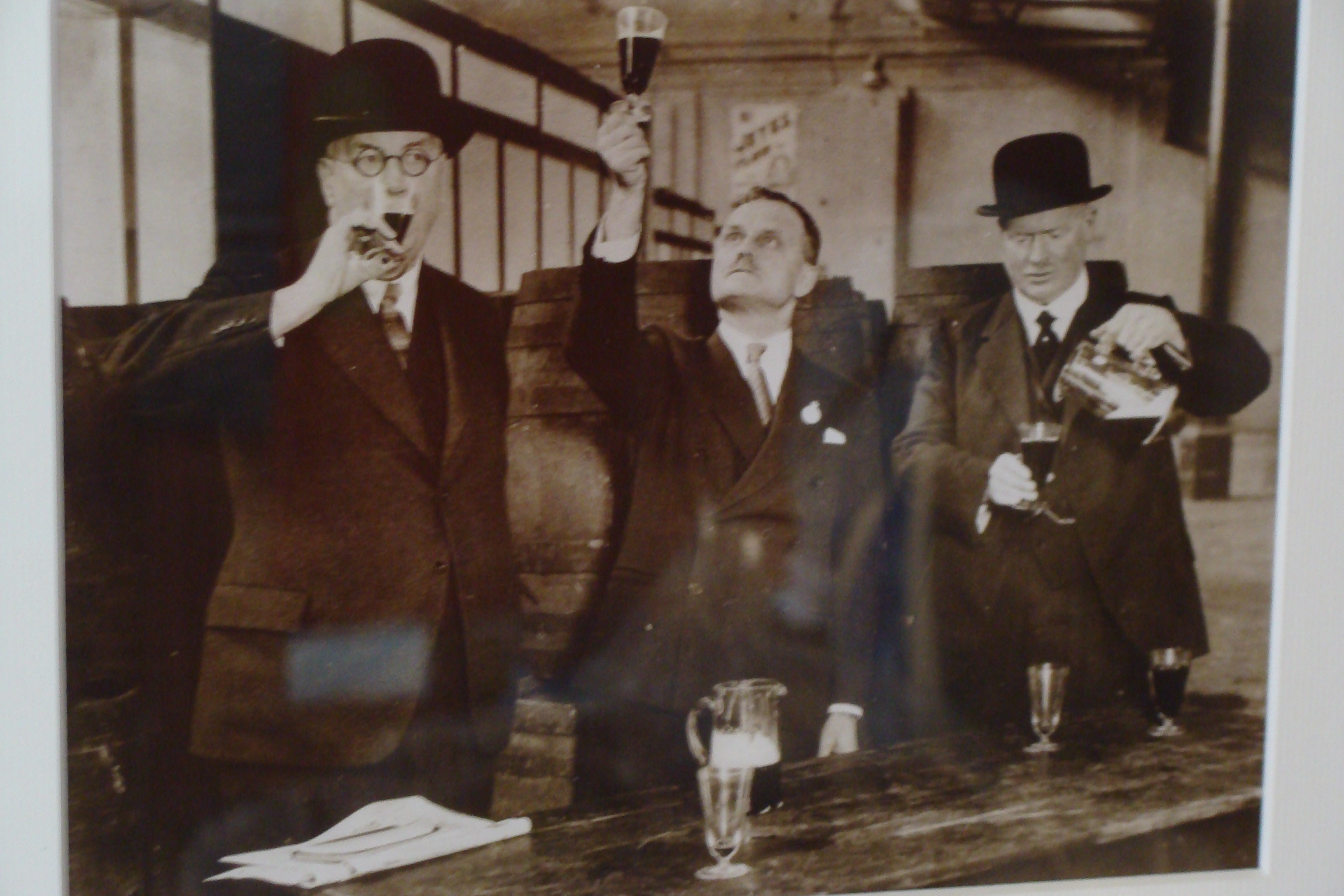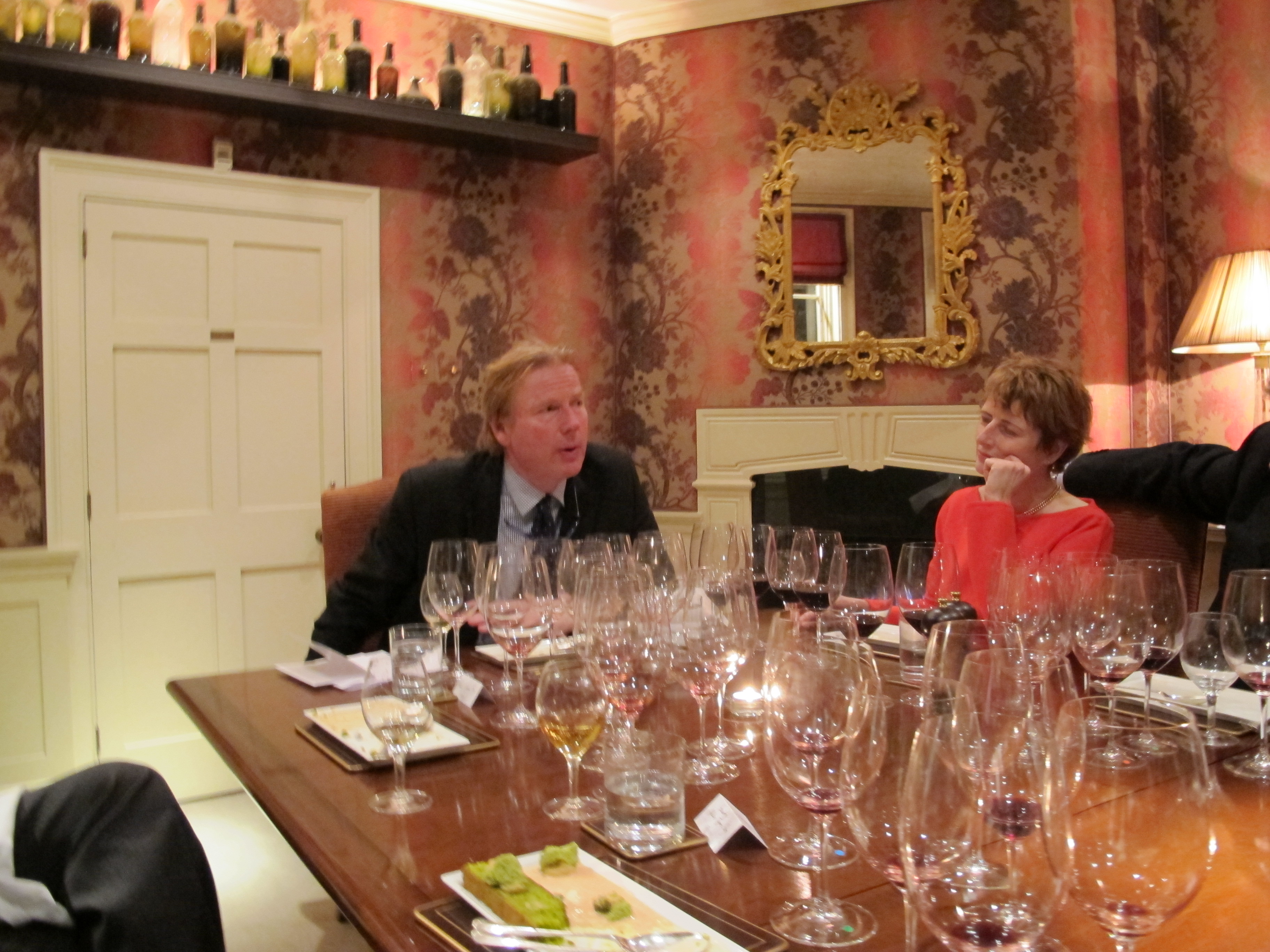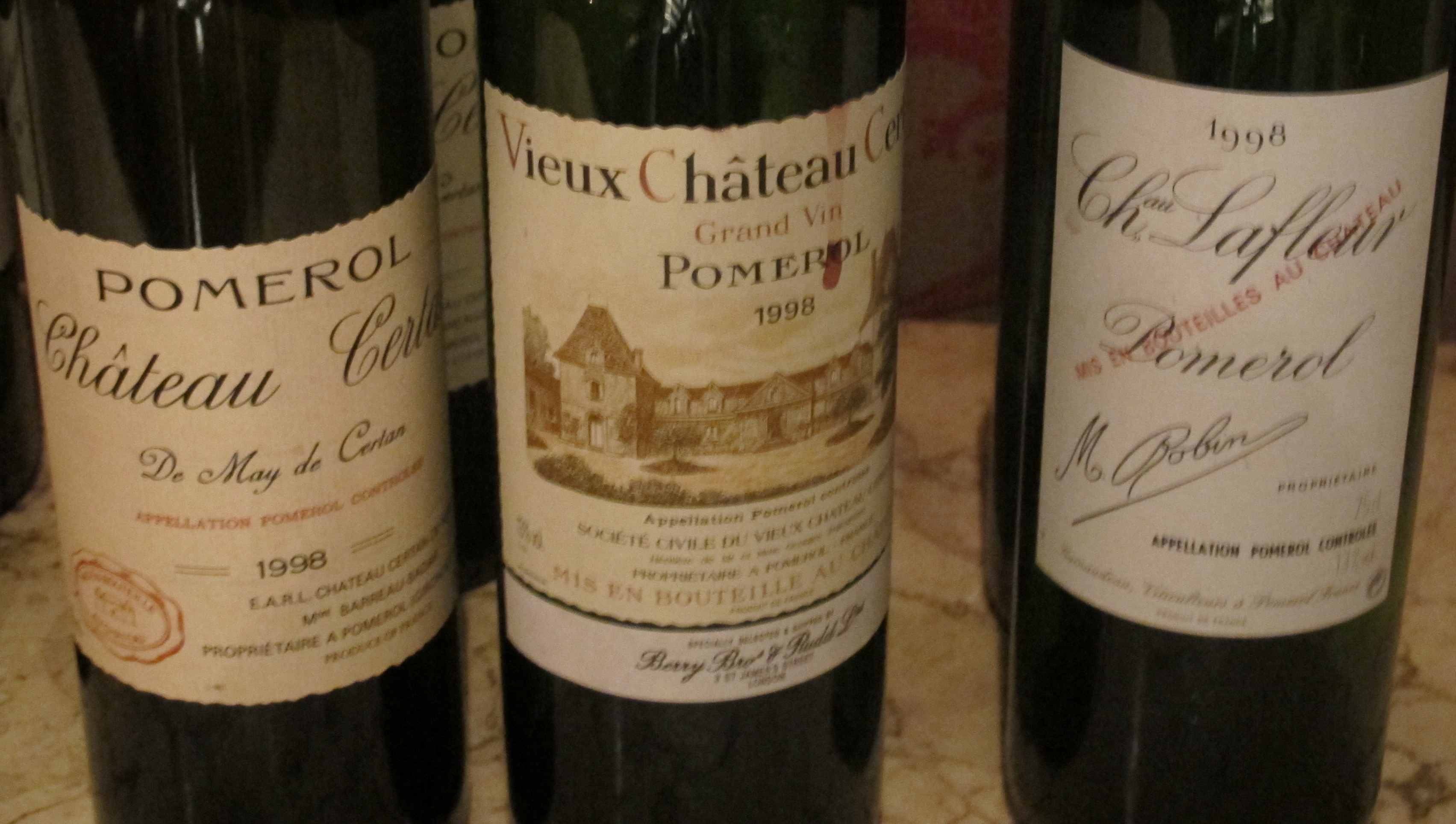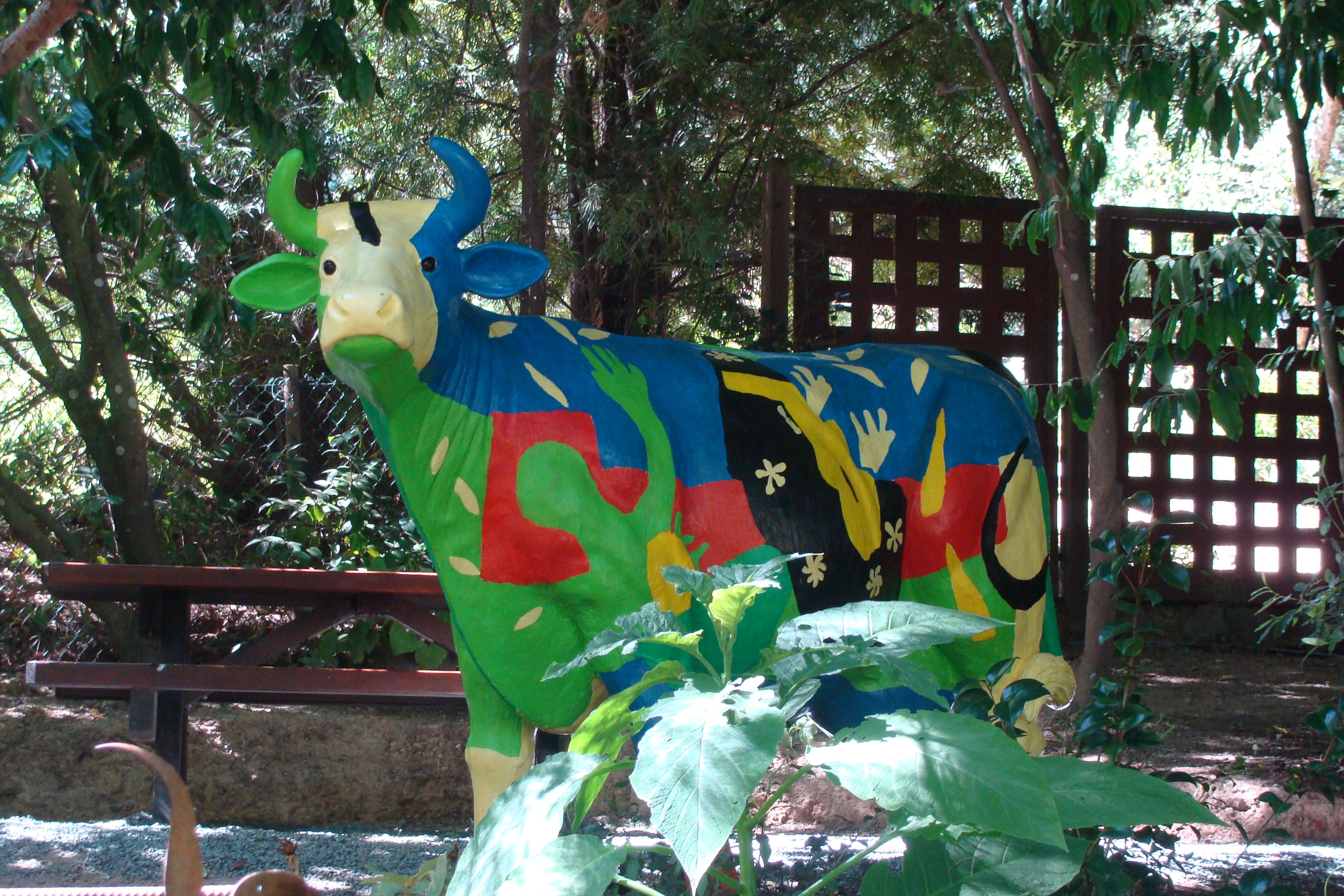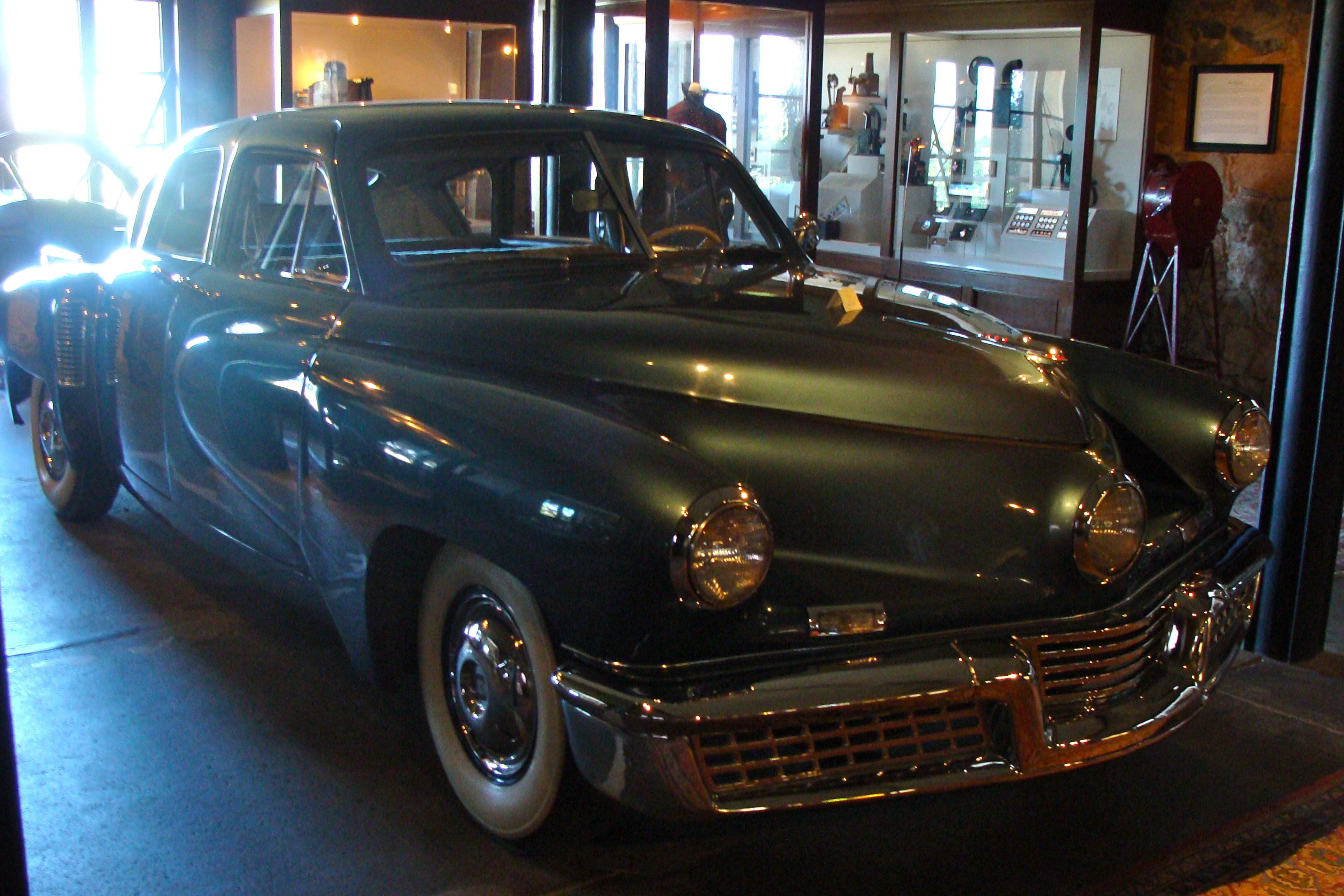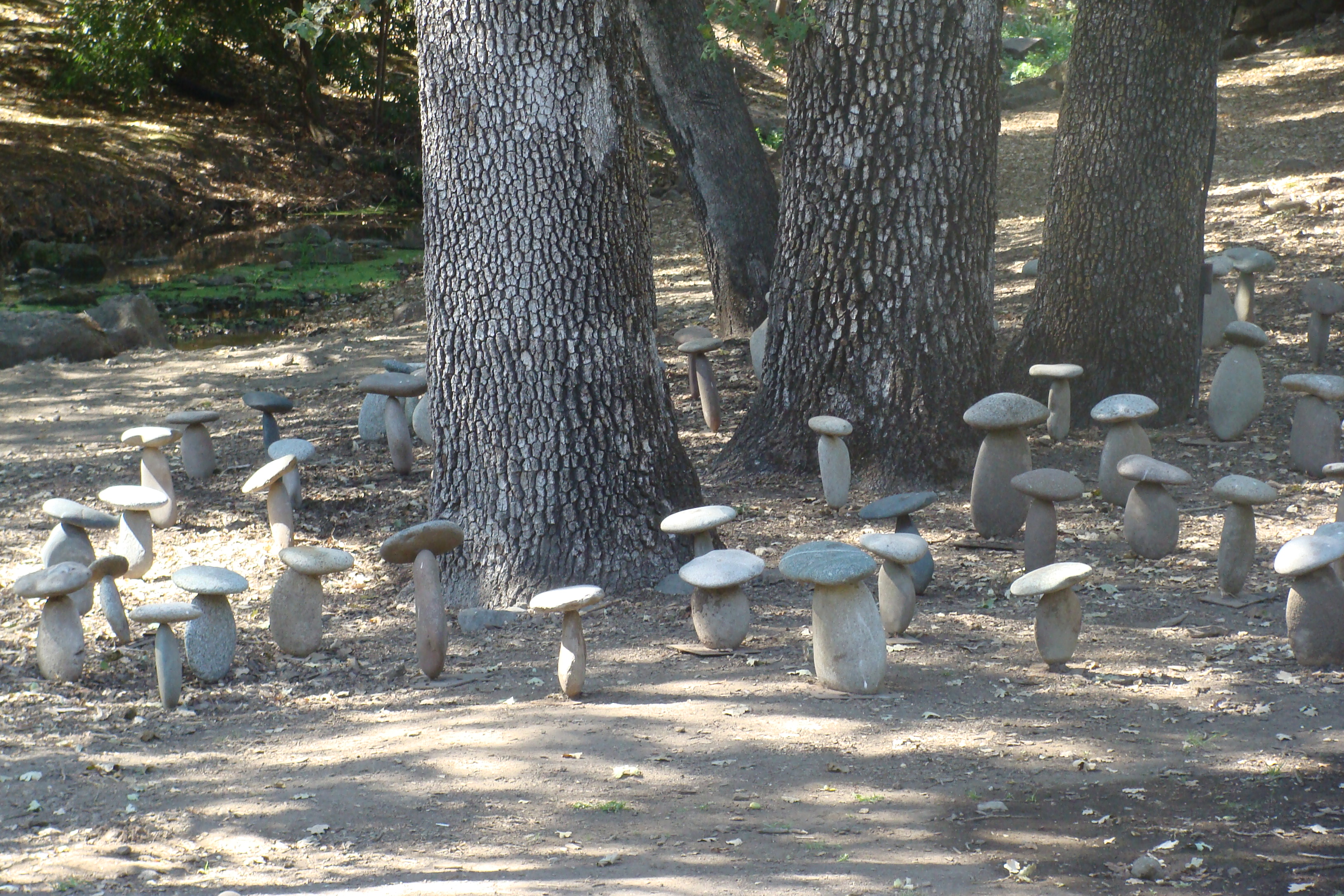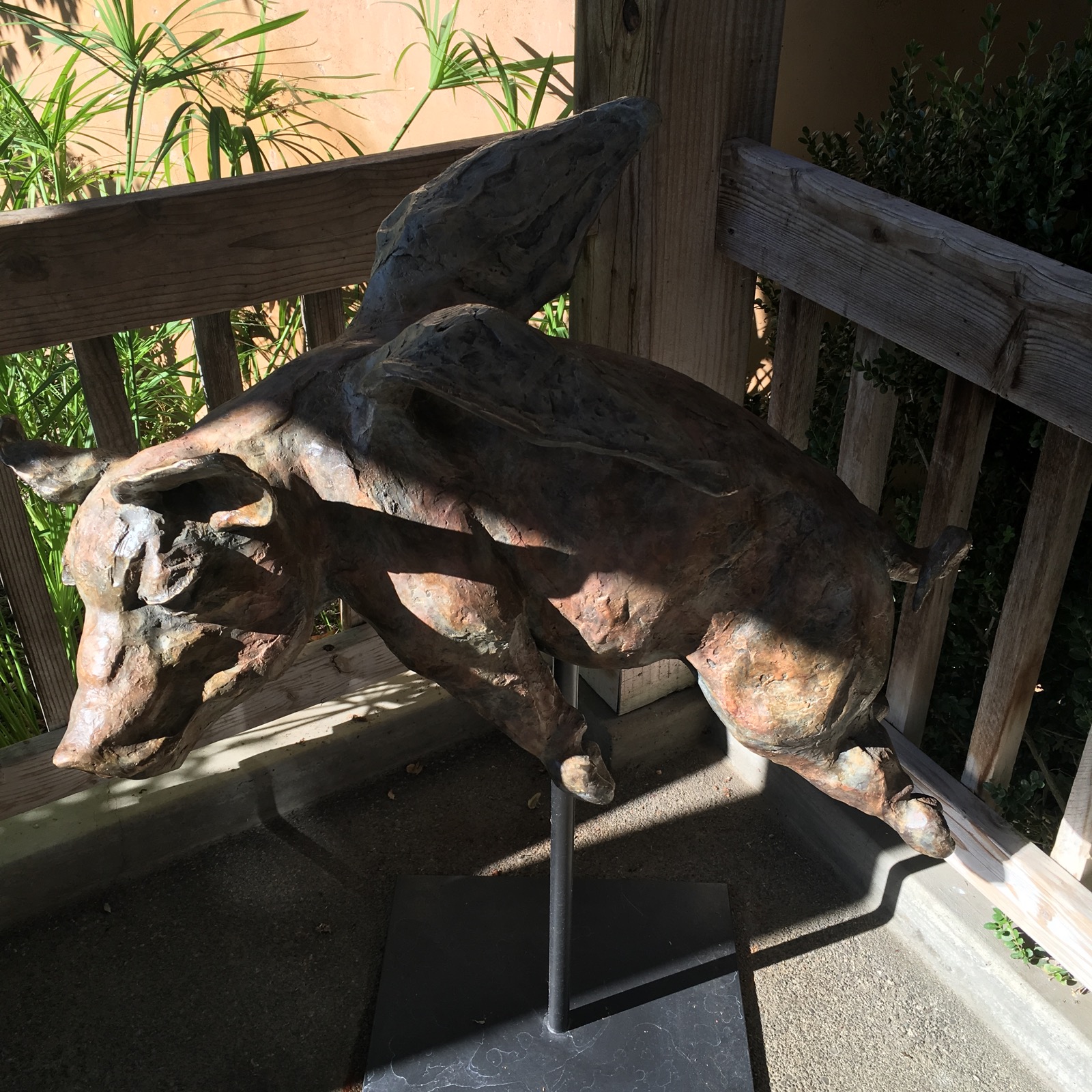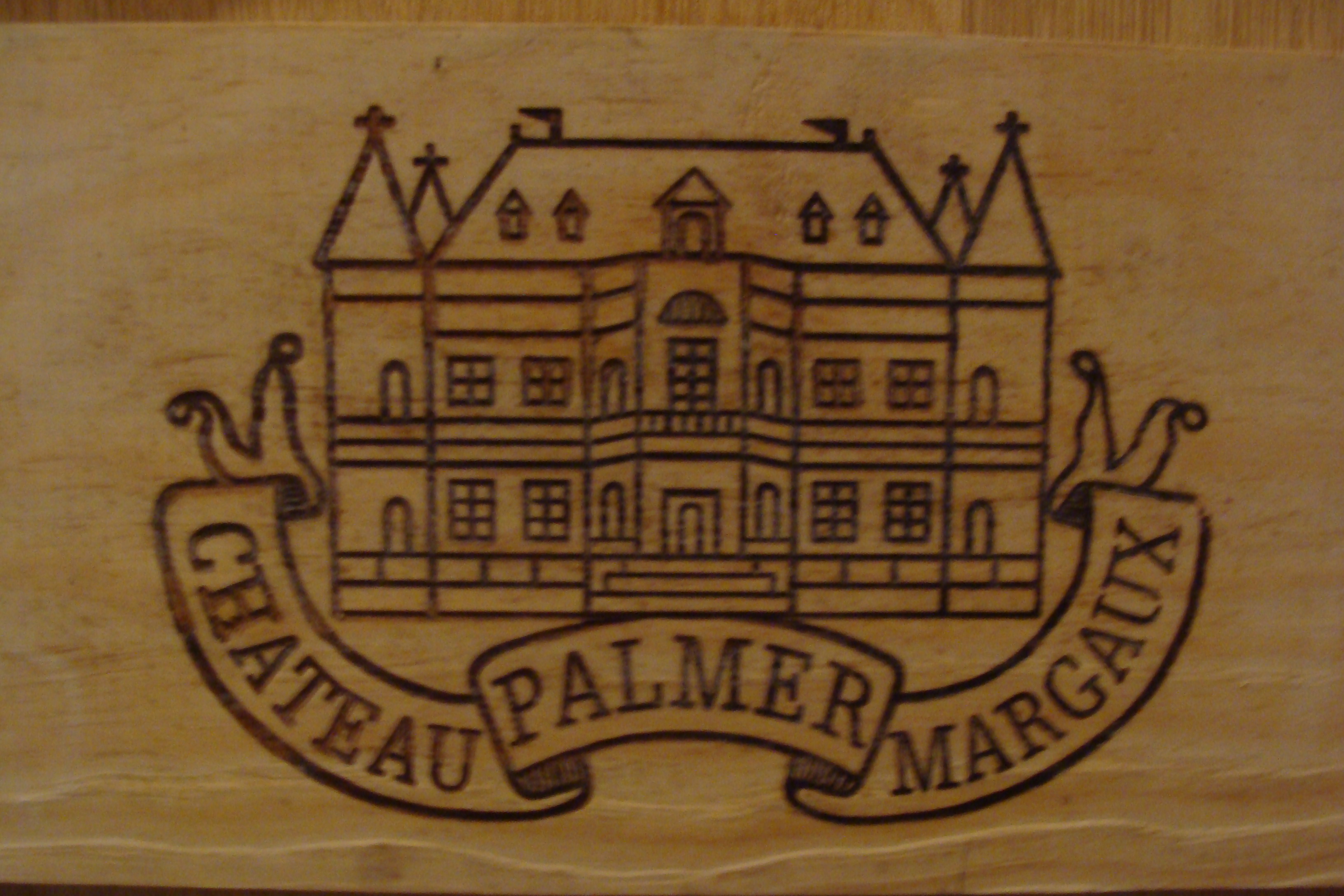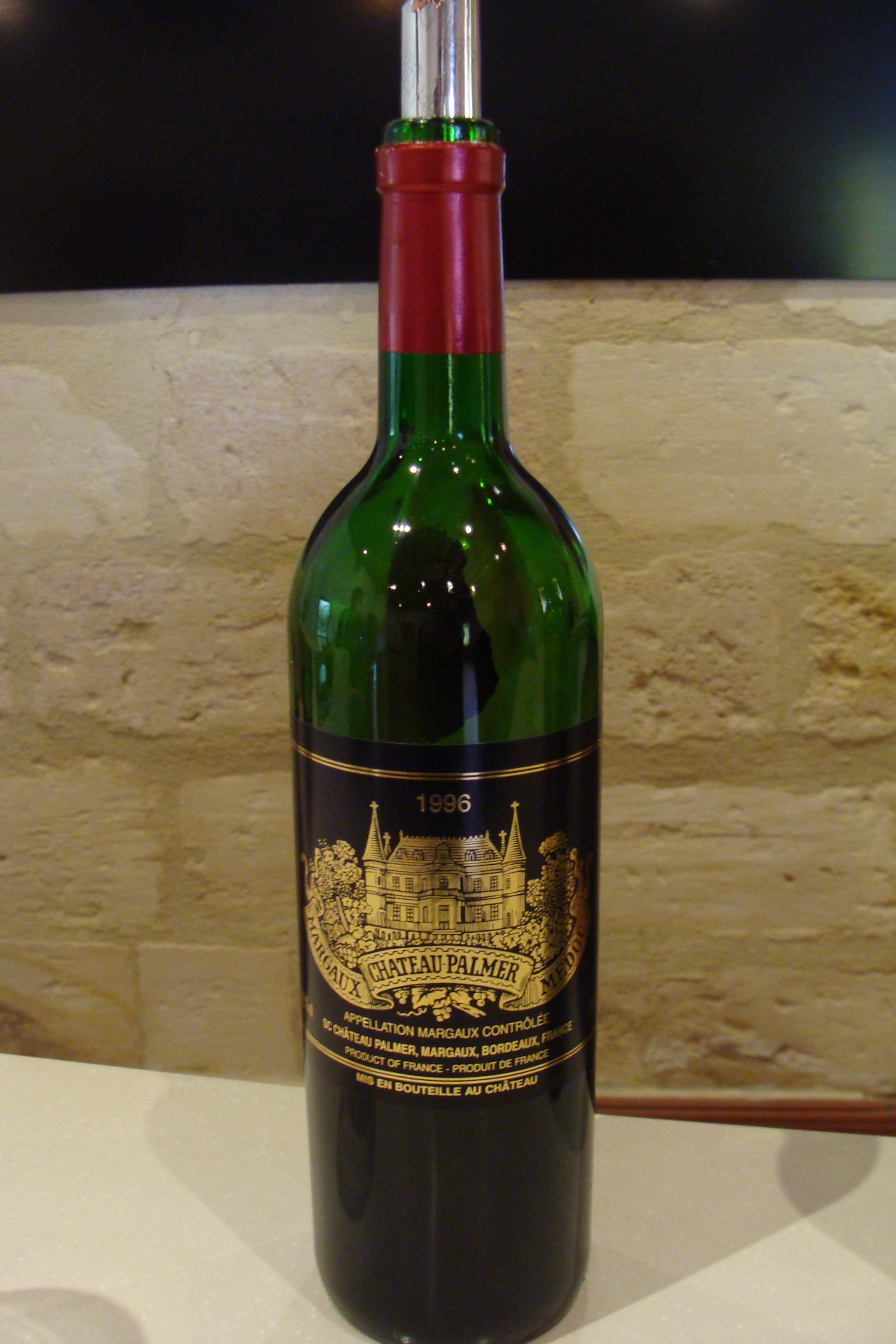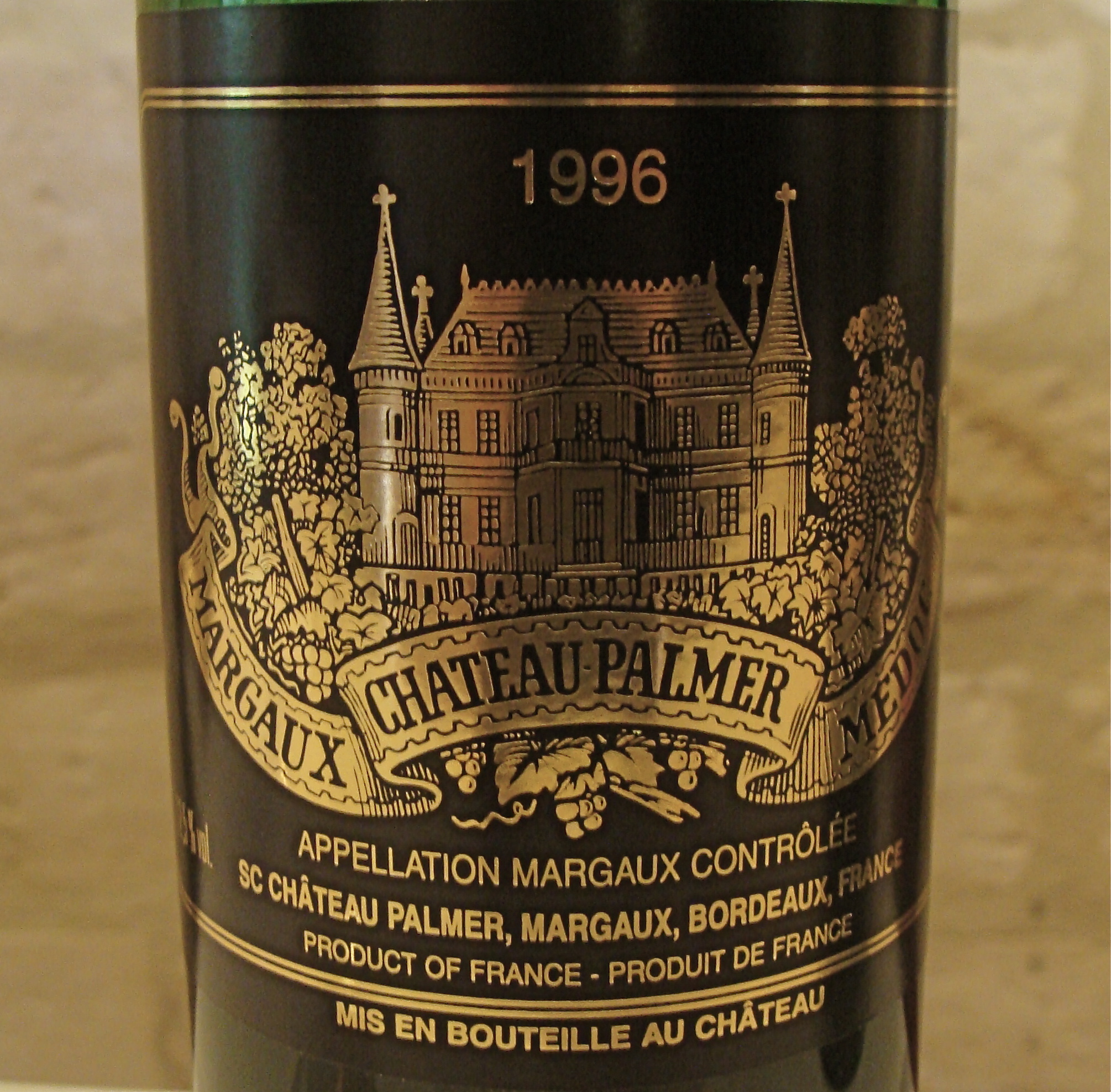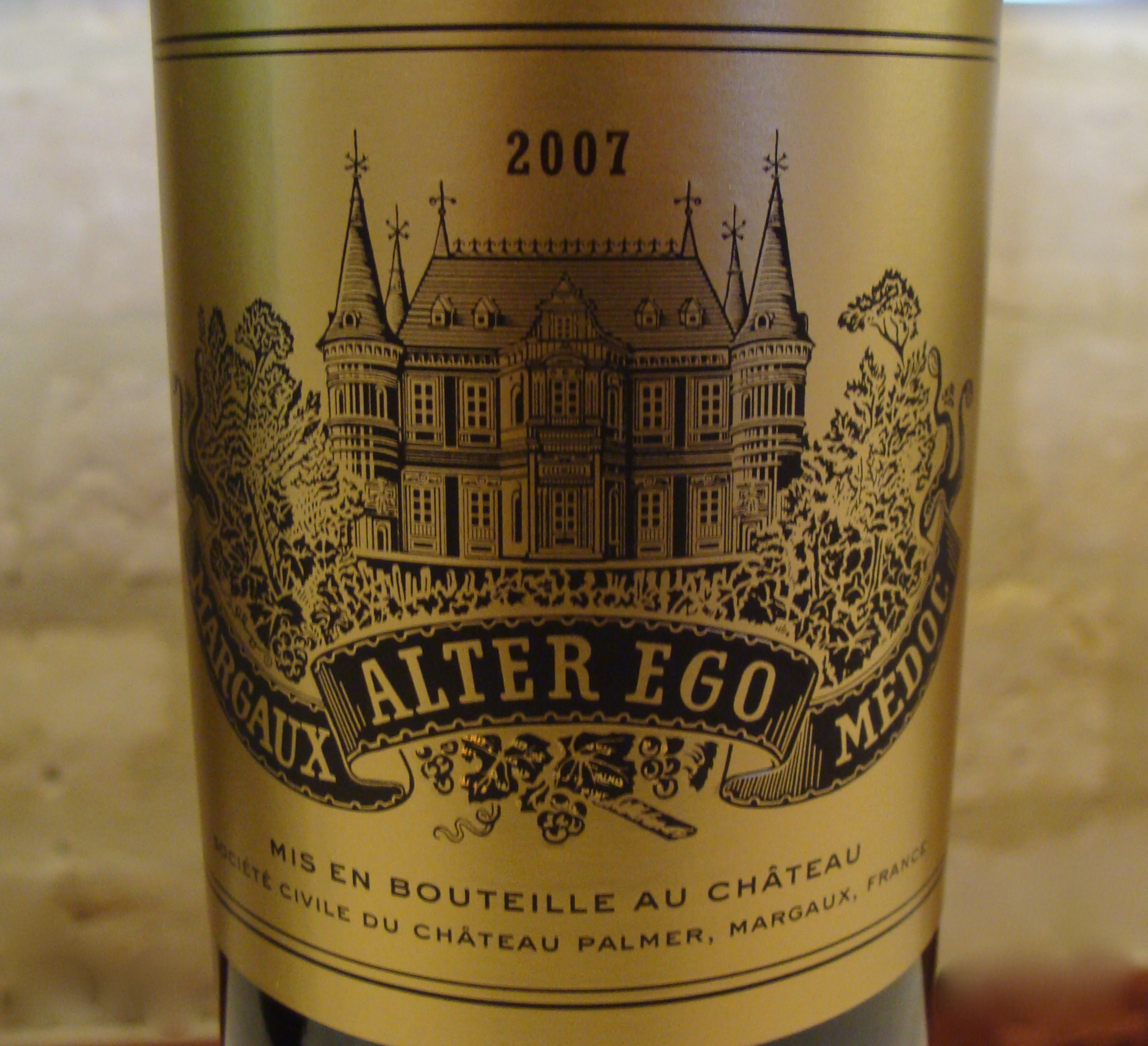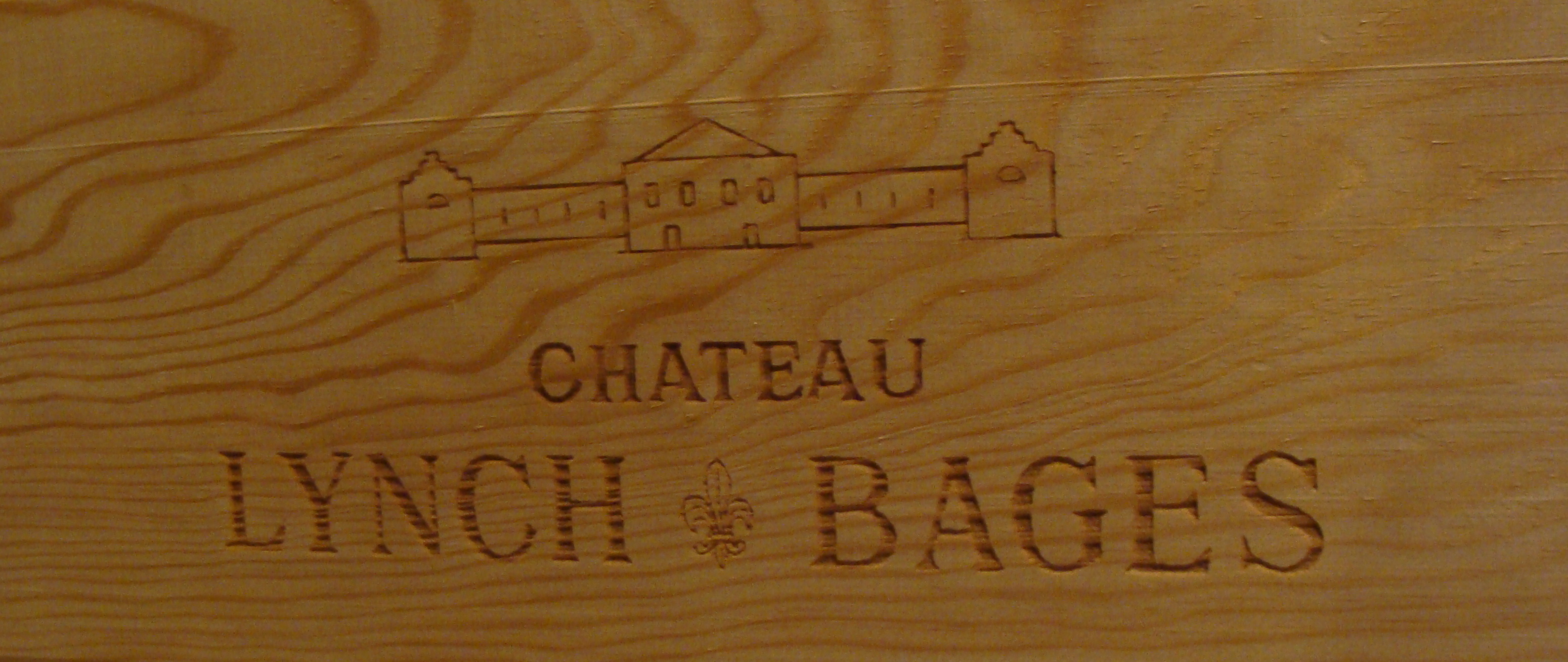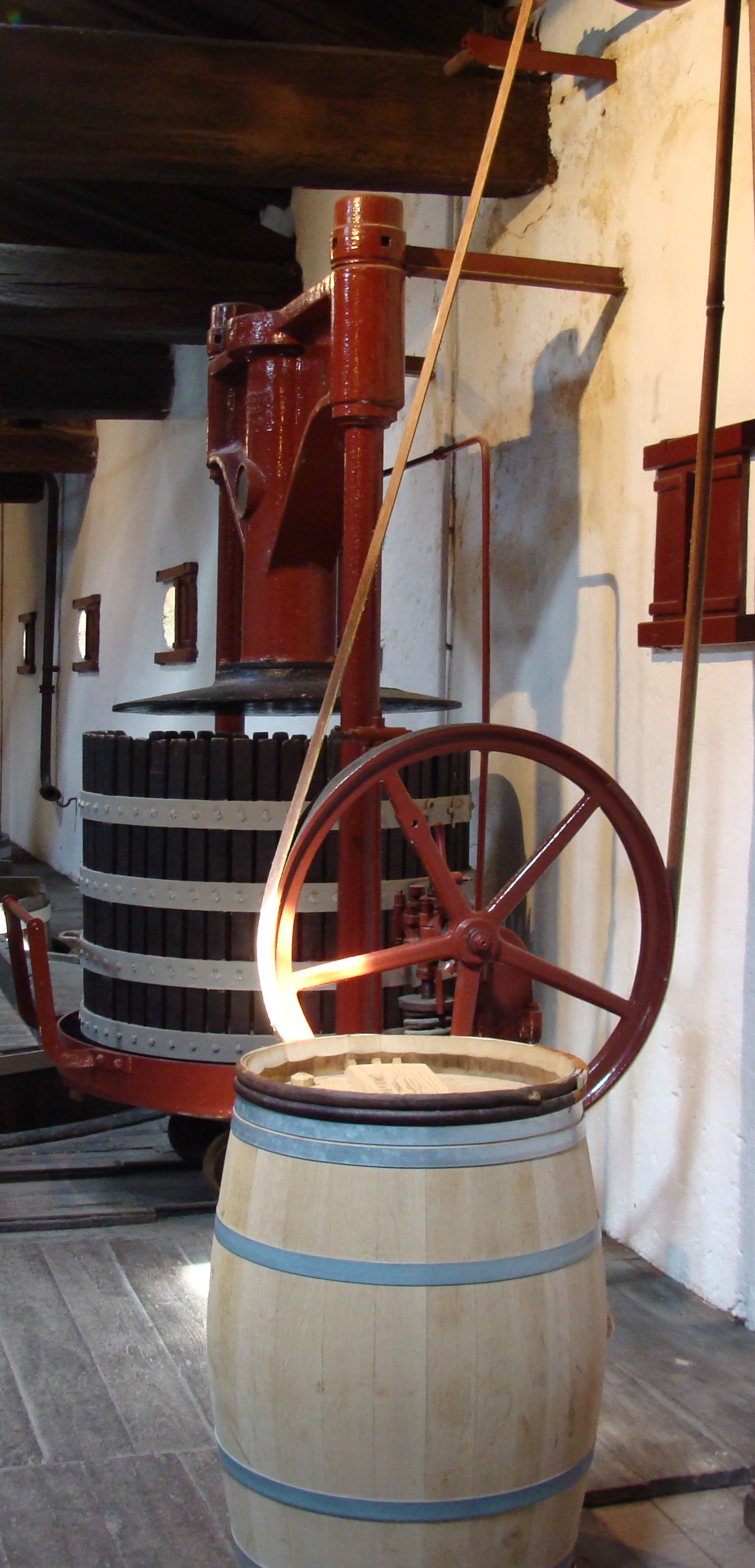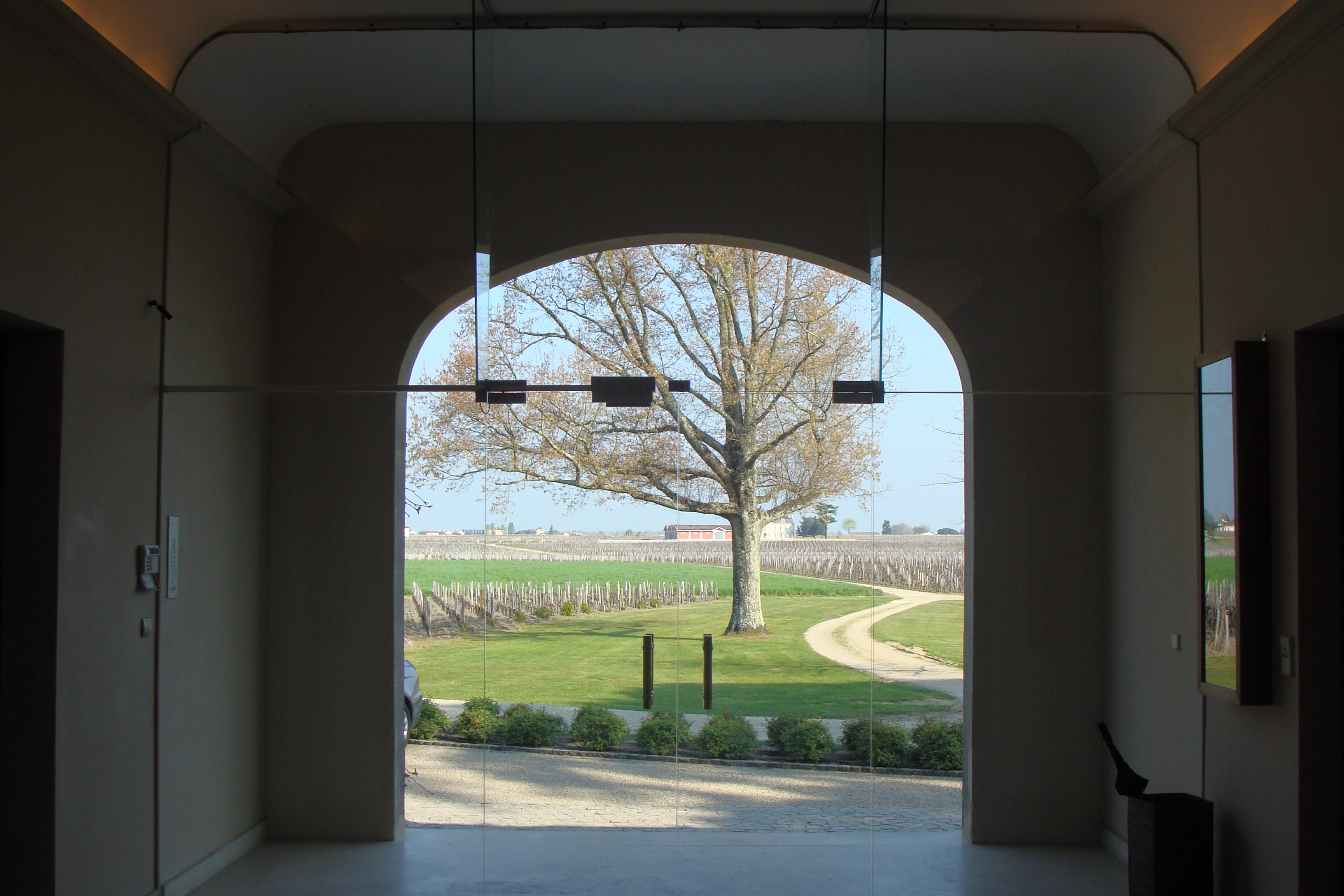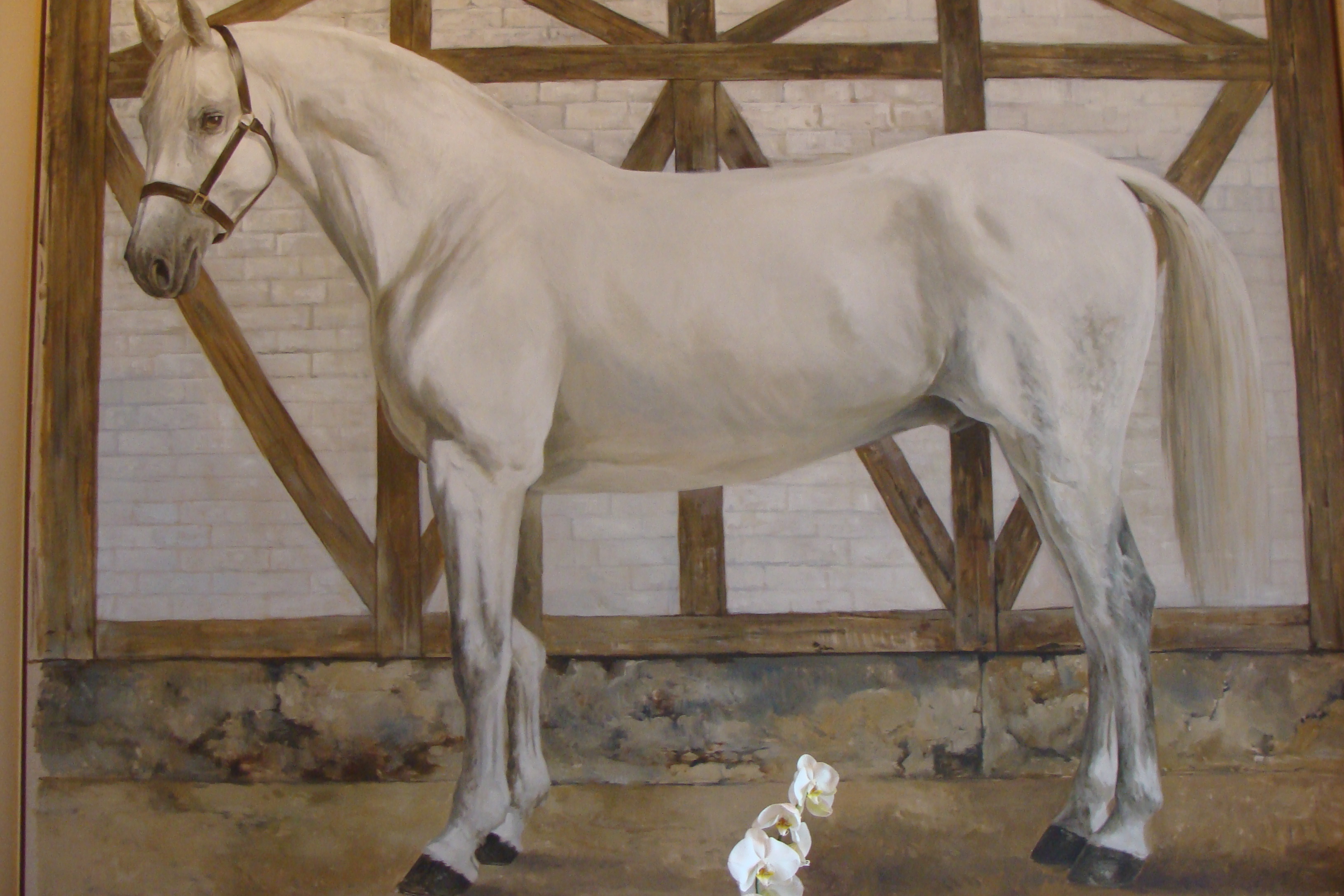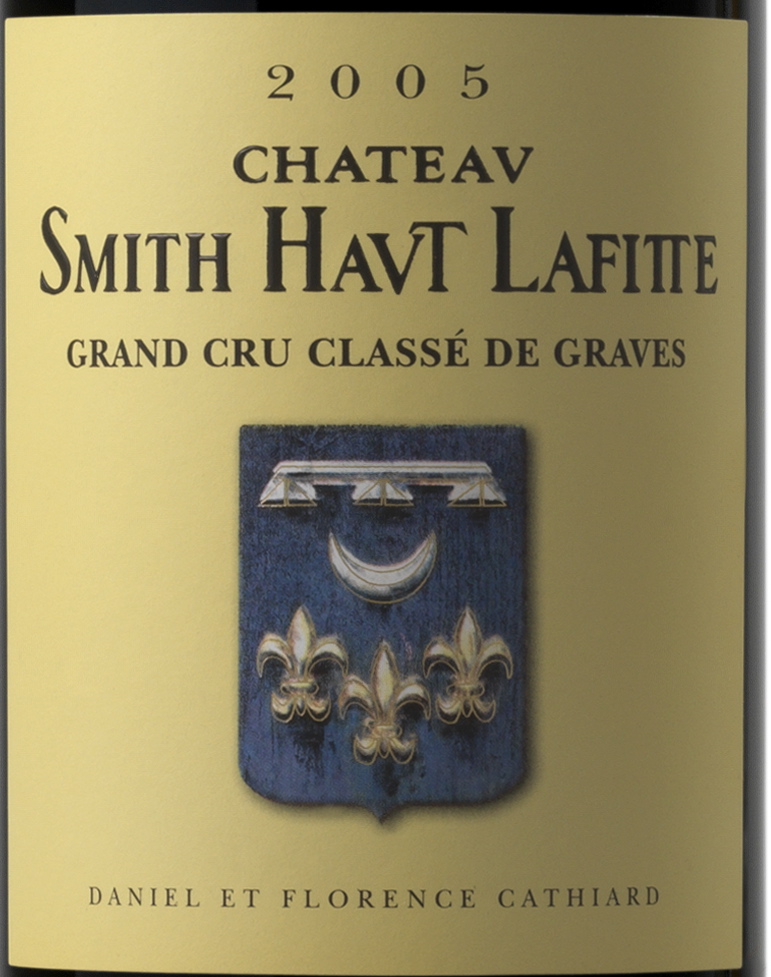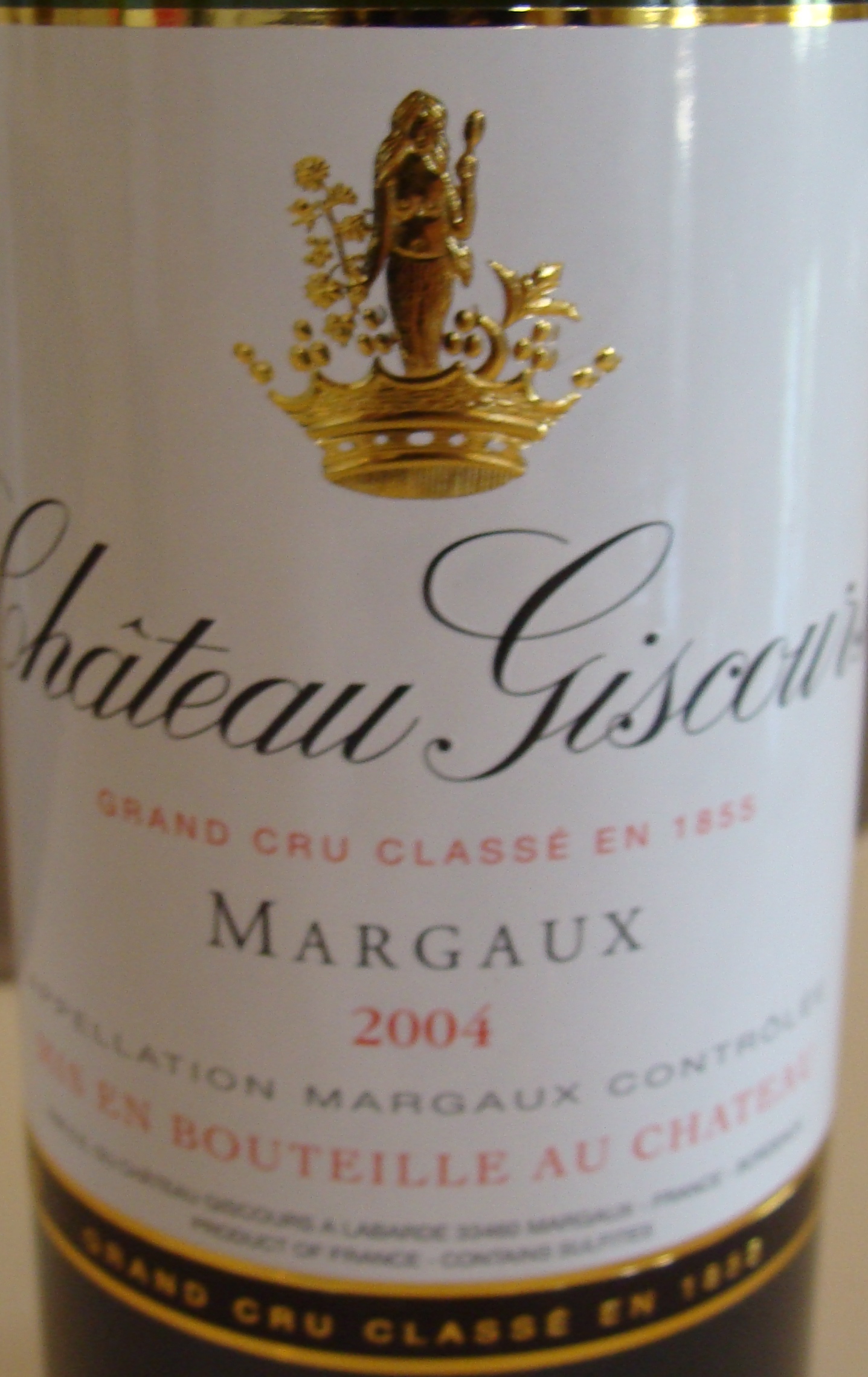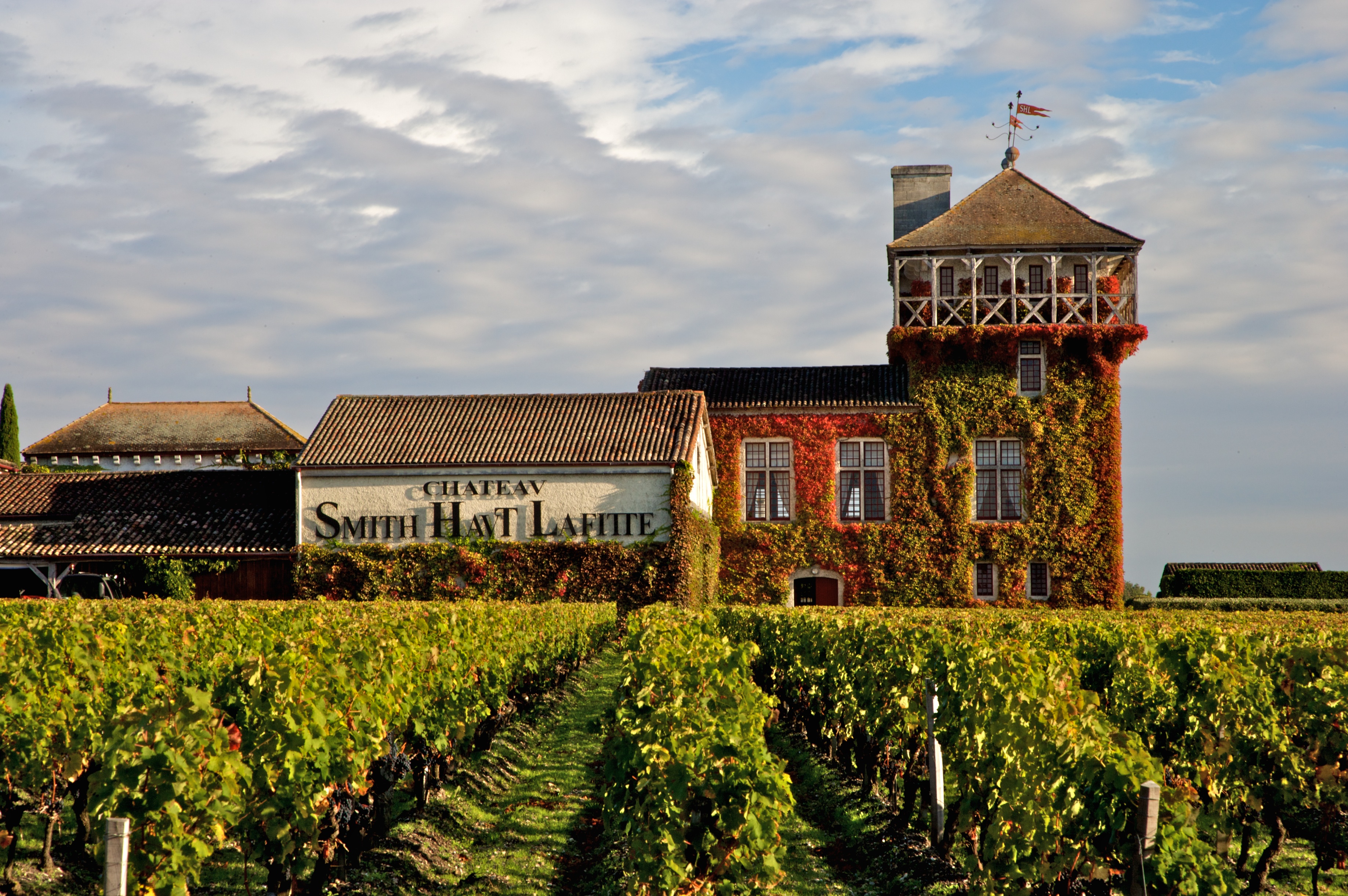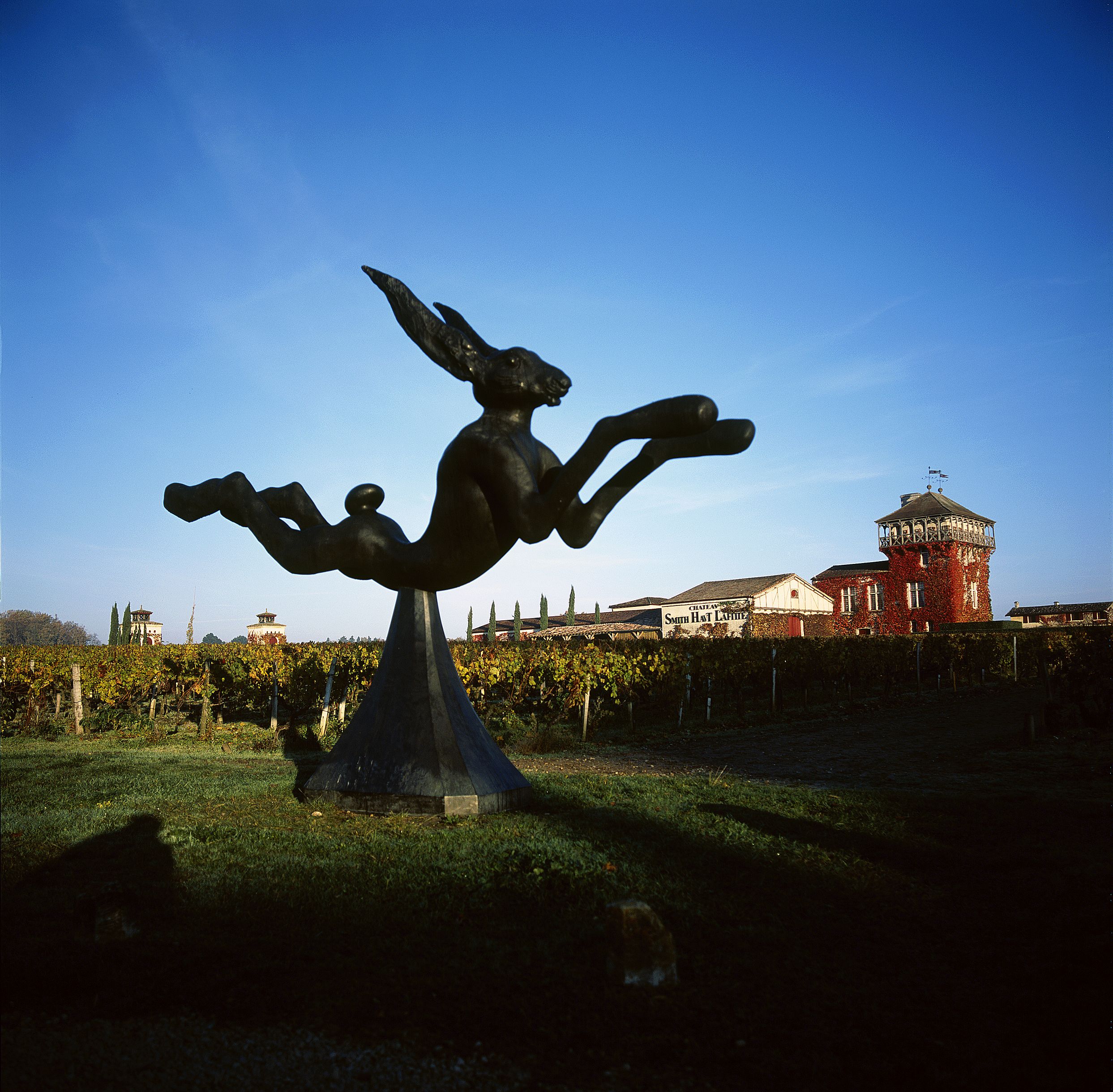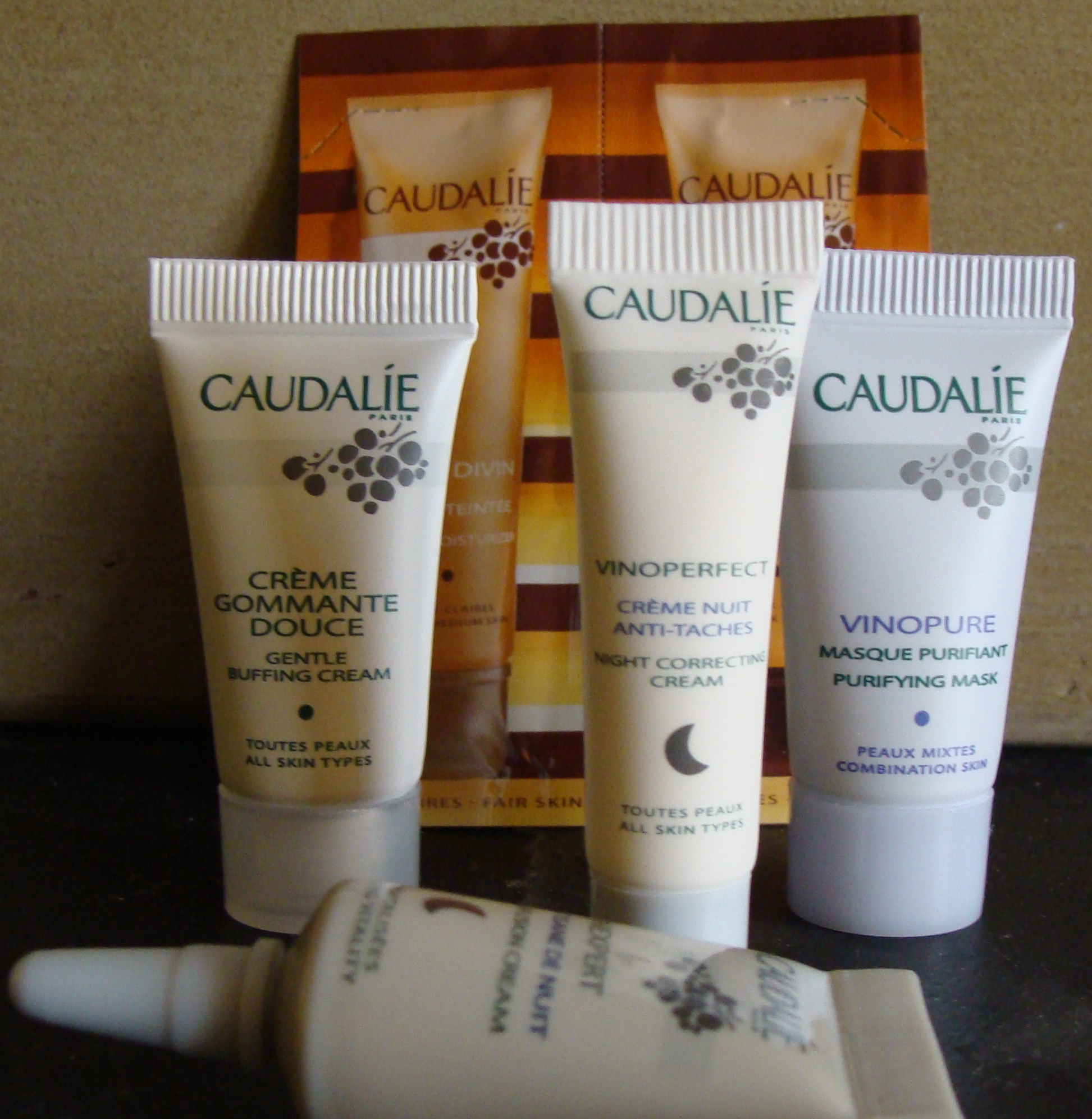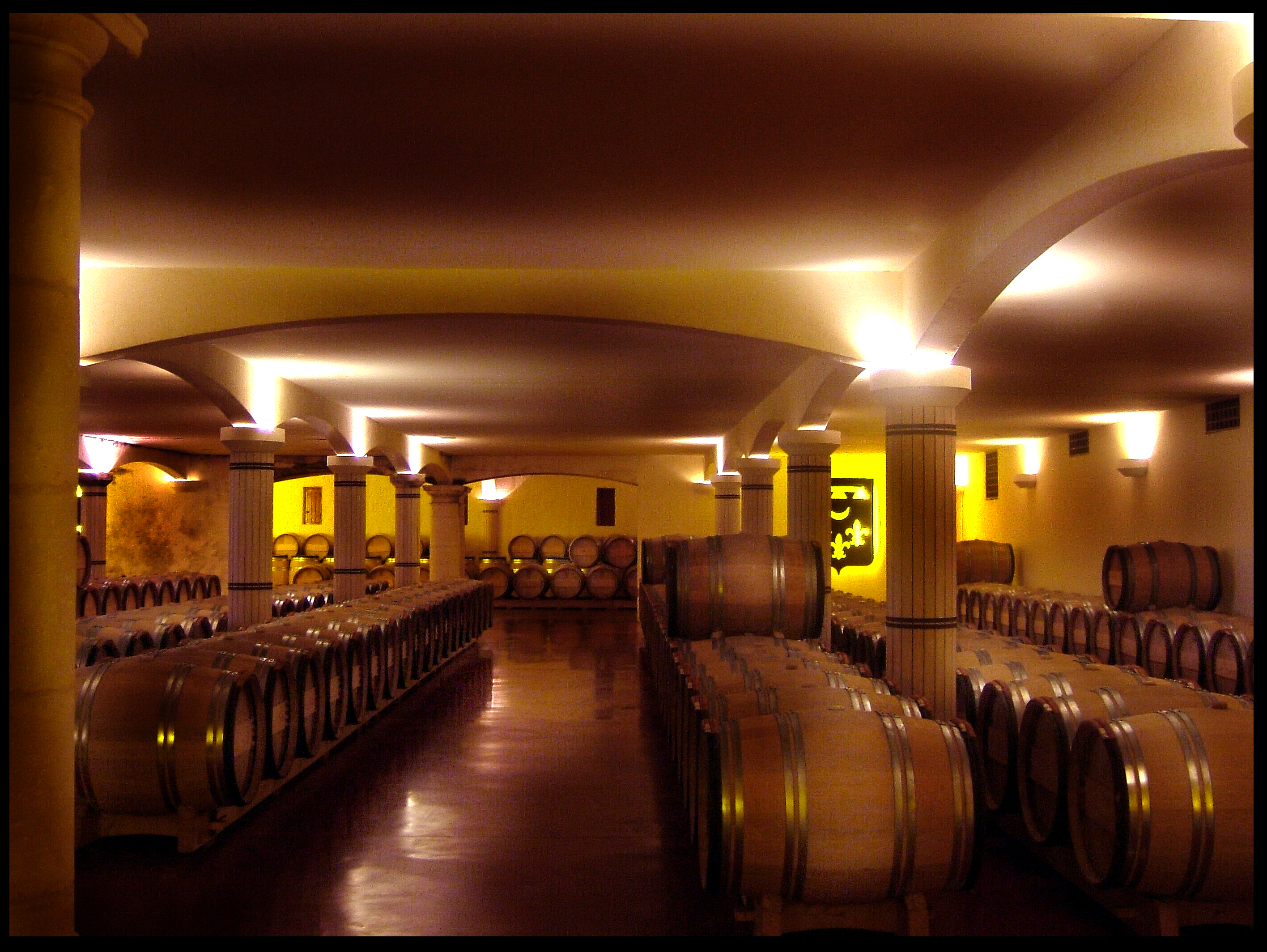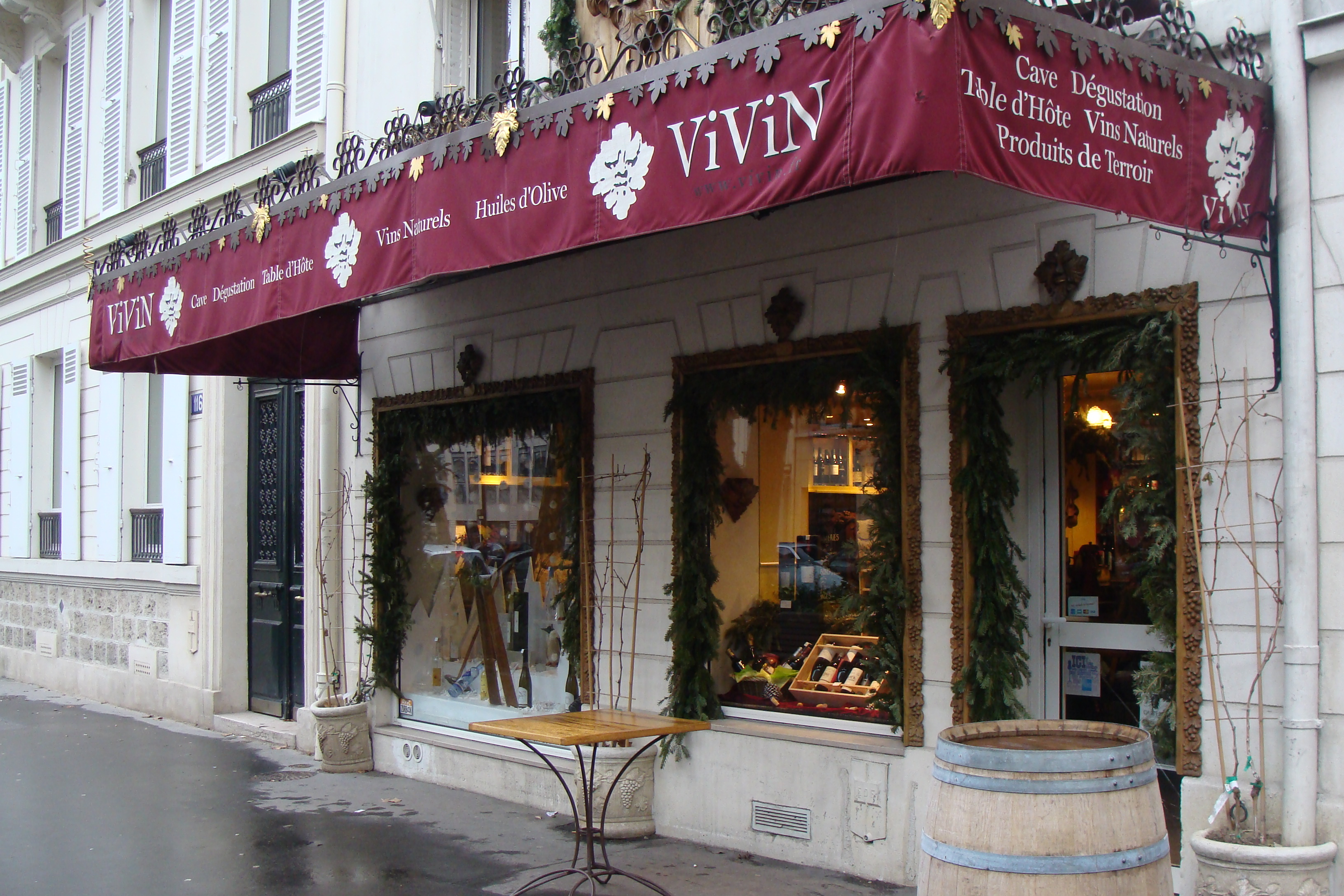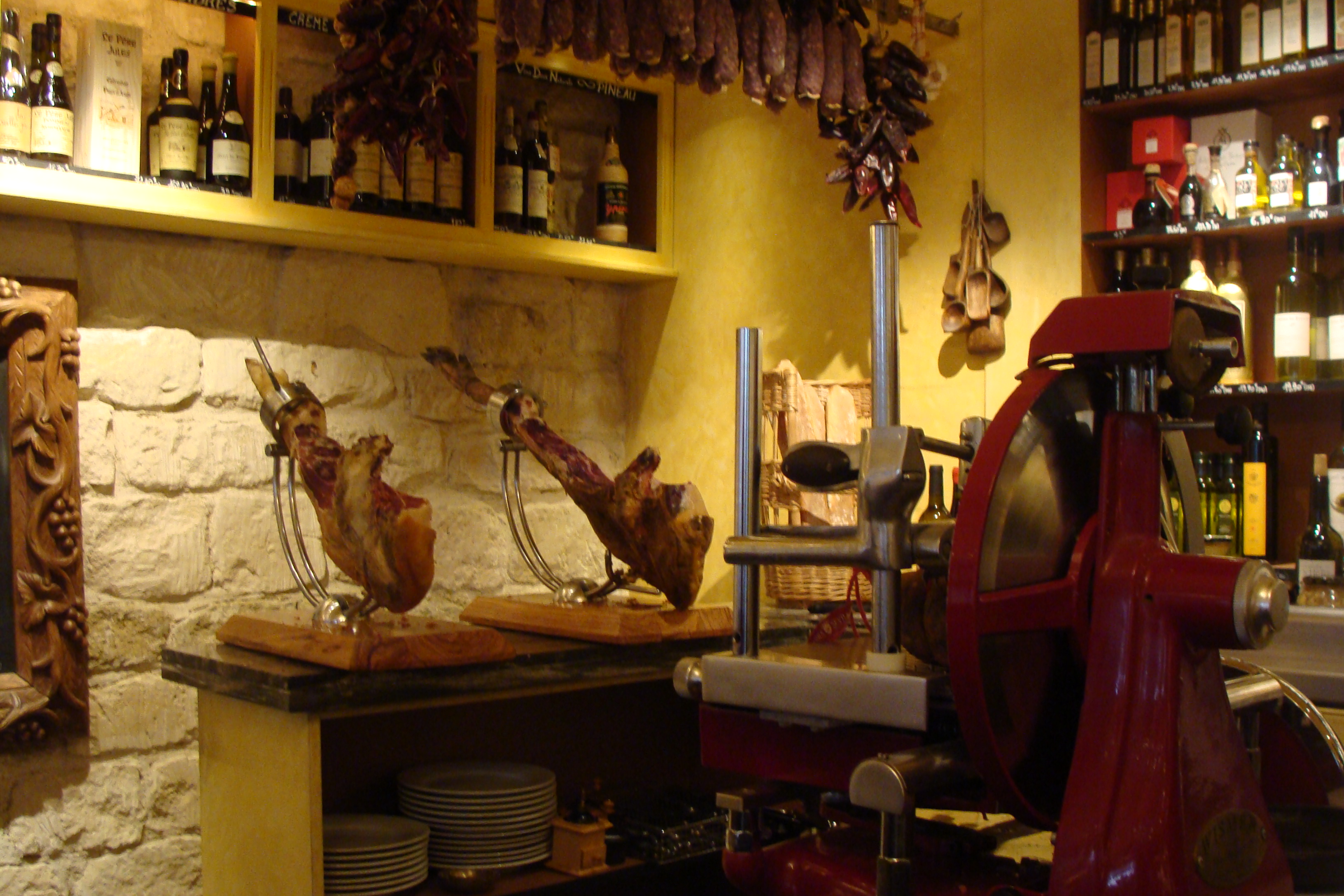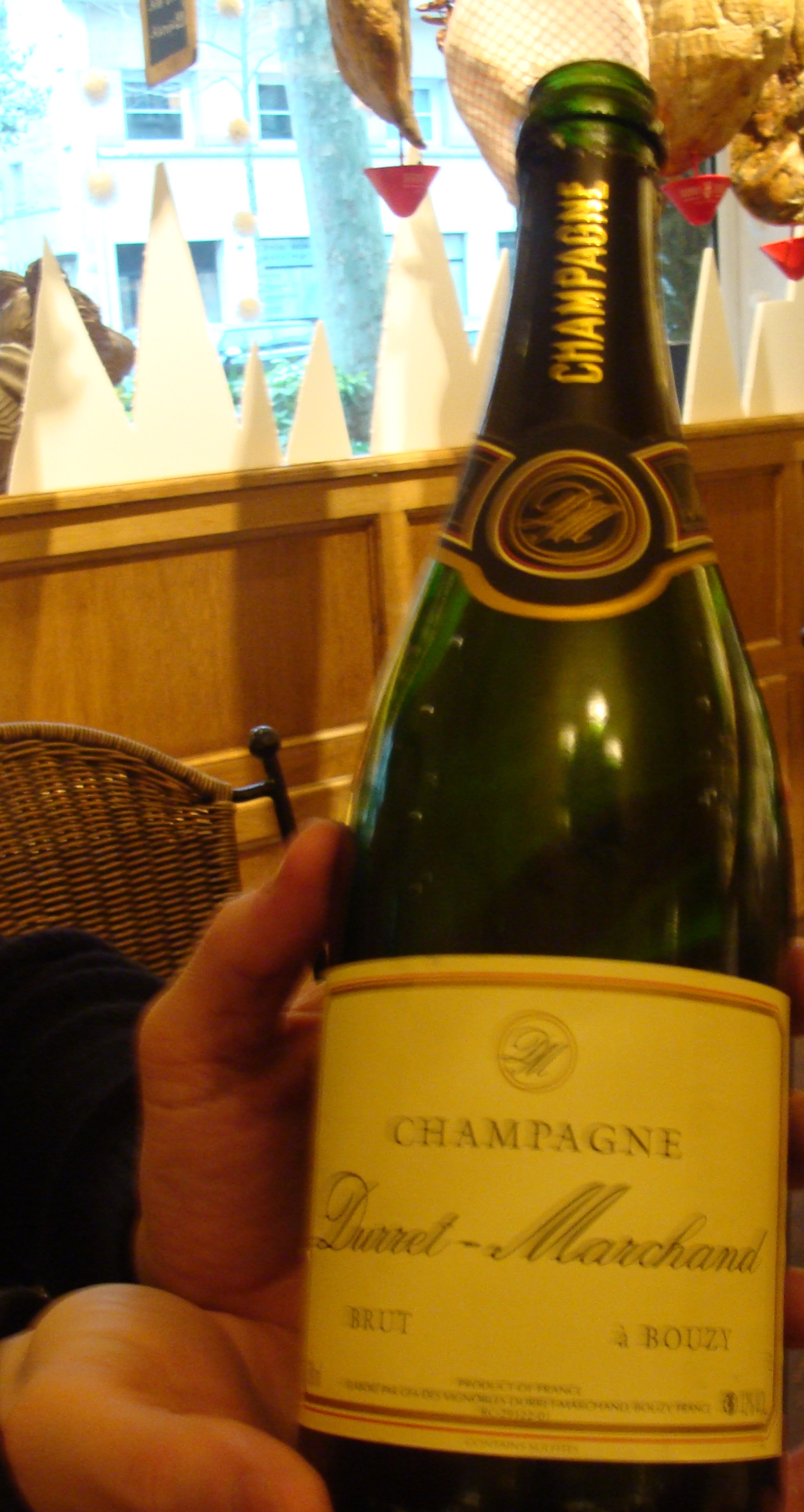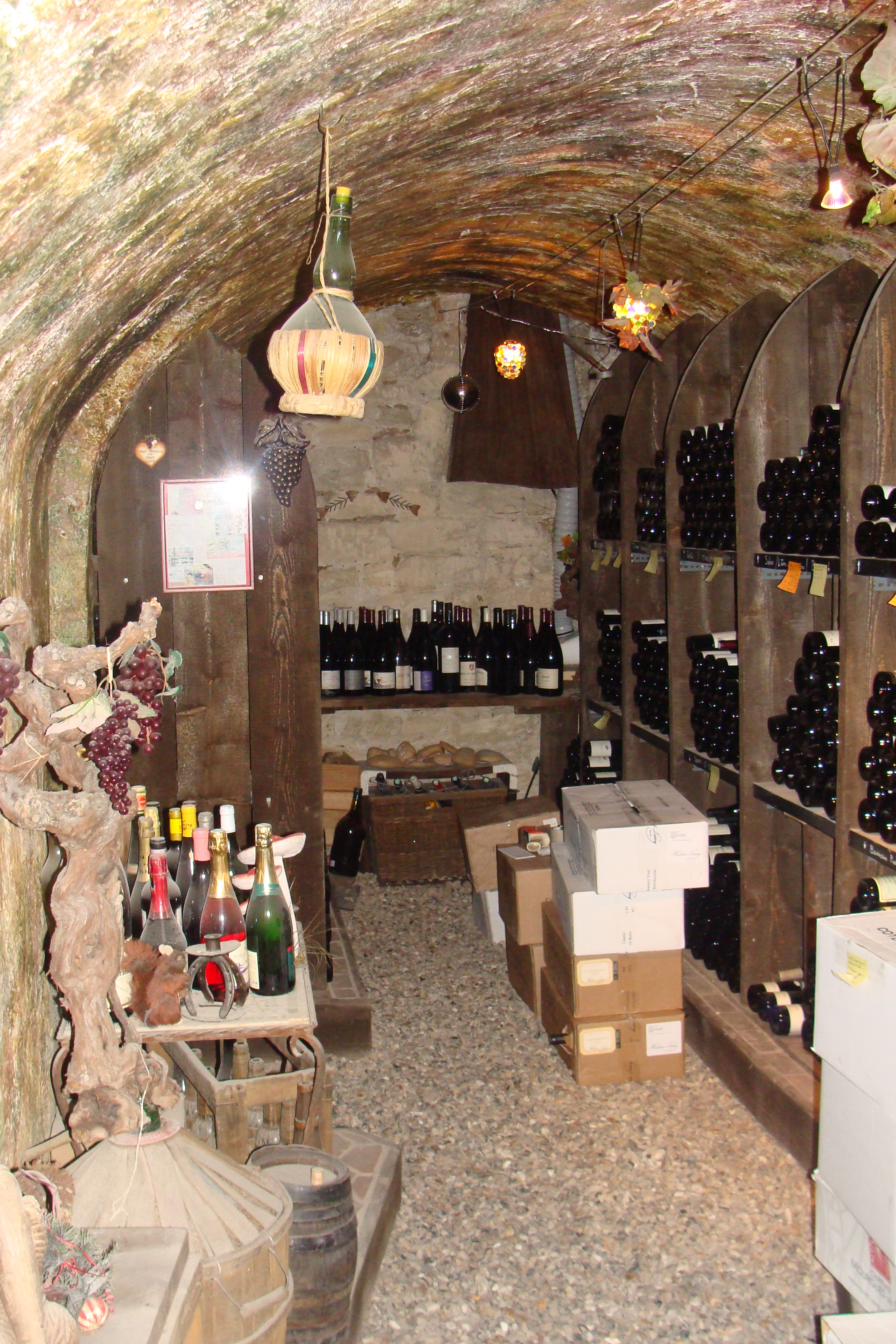Loire wine: bike through the French valley of castles and vineyards
Swirling through the French Loire Valley on a bicycle can dilute the guilt one feels on most wine tasting trips. You are not just pouring litres of the Loire wine into your hard working liver, but you do some good to your heart and lungs as you cycle off the calories going up and down the hills on the “Route du Côte”. On your way take the pleasure from the beauty around and the natural biodiversity the Loire Valley offers. Your soul is being soothed by the steadiness of the rolling hills, lush forests and the tame villages that you pass on your way to the next winery on your itinerary.
In Loire you can either make an appointment with the desired wine estate or just pop into the wineries with the open doors. Kindly ask for “dégustation” with your squeaky French accent and a the so “unfrench” big smile. People in the wine industry are generally welcoming and will let you into their privacy, the French are proud. Some make jokes about you cycling and drinking at the same time while showing you the cellars called in the Loire “tuffeau”. These are caves cut in the cliffs from the softer chalk often containing some limestone that bestows them with golden colour – the tuffeau stone. You can see the deep terroir here.
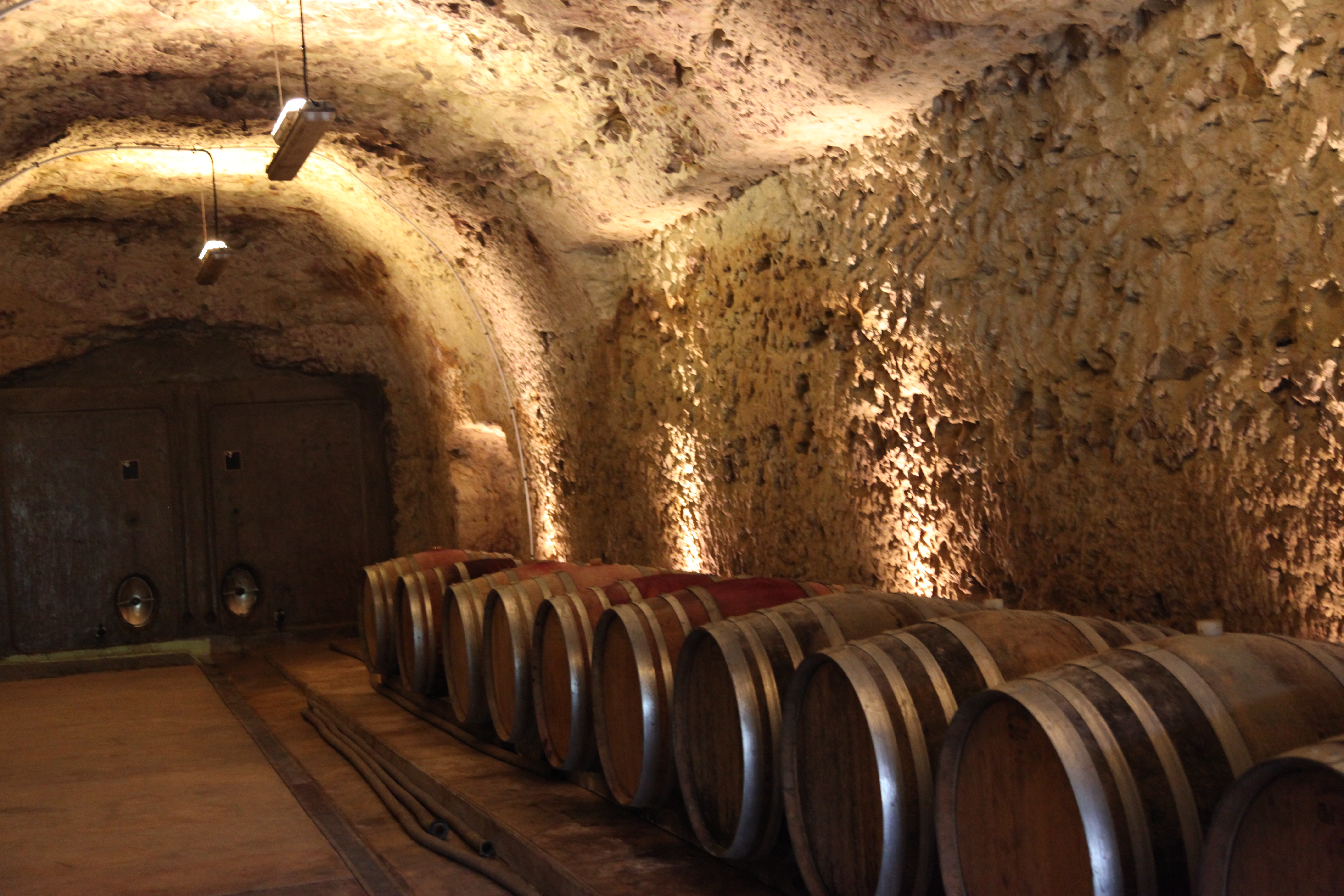
Loire as the iconic French natural wine region
Some wineries have their vineyard just above the tuffeau and use gravity in their winemaking. To be as much as possible in harmony with nature is the philosophy of Vincent Roussely, the winemaker at his own family estate Domaine du Clos Roussely. The Domaine is located in Ange sur Cher, a village on the southern side of the Loire near to another locally important river – the Cher.
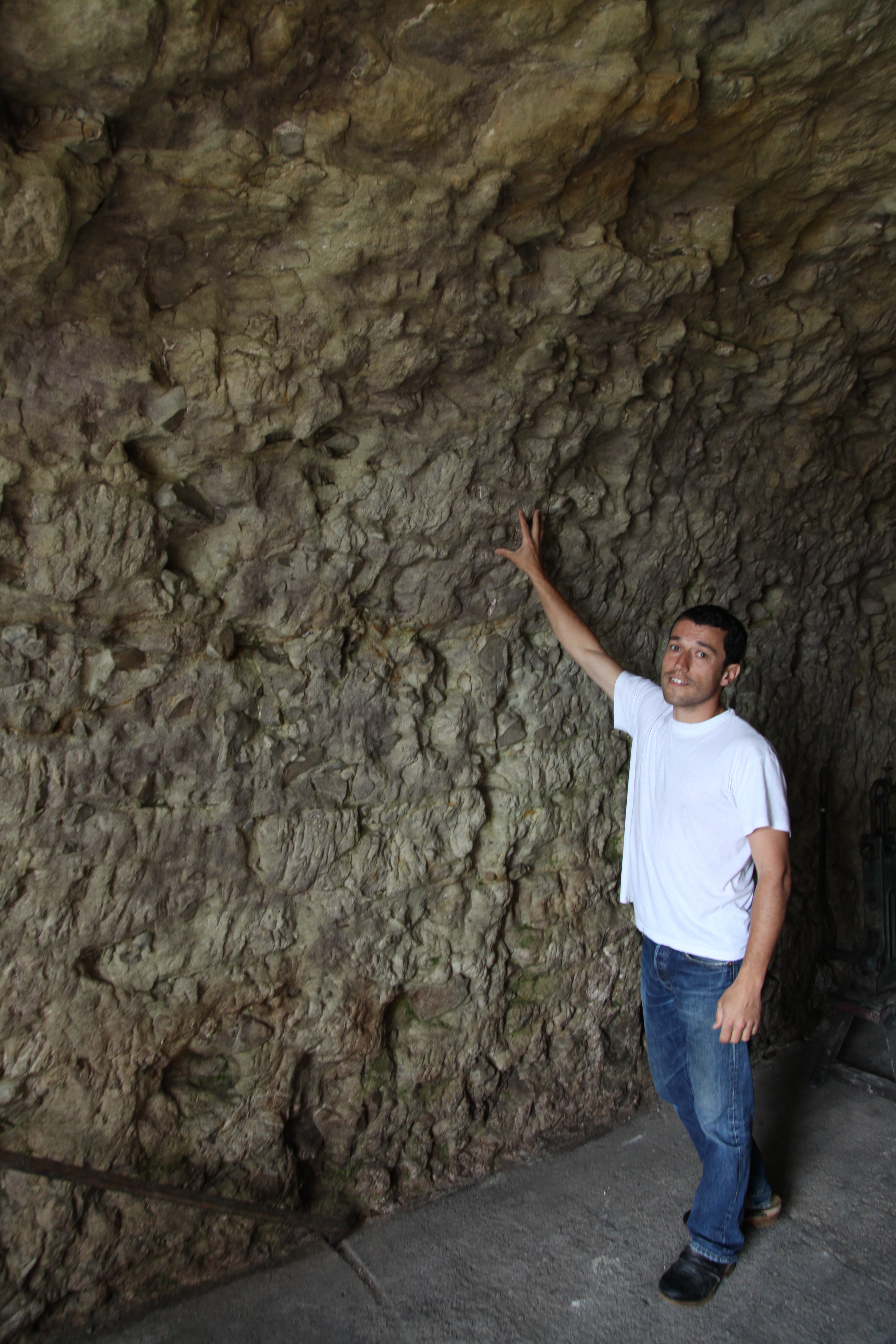
Vincent Roussely is one of these people you meet and you feel that they are one of those inspiring human beings who somehow figured out how to grasp the gist of happy and productive life while reaping satisfying rewards. His energy and enthusiasm are boundless. This manifests in the extensive work he is undertaking with the properties he bought back after his father had sold them many years ago. The family heritage was perhaps one of his motivations. His great grandfather was a winemaker and distiller, his grandfather was a winemaker and his father was a négociant (in France the person who sells wine to merchants).
His Loire wine estate was recently certified organic, he is inclining to biodynamic winemaking and uses gravity when the grapes are transported from the vineyard into the tanks cut into the tuffeau just below the vineyard.
When we were discussing his relationship with wine in his small boutique just across from the Ange’s church he said: “It is all about the vine.” He does not believe that the winemaker should interfere with nature and let the grapes to show off their qualities.
You can taste nature in his wines. The whites are quite rustic with a refreshing acidity. The rosé is made of a rare and locally indigenous grape Pineau d’Aunis (also known as Chenin Noir) differentiating it completely from other rosés you have probably ever tasted. Less perfume and more mysterious, it expresses the varietal while being food friendly. Roussely makes also sparkling Loire wine. A dry Crémant de Loire from Sauvignon Blanc and a semi-sweet rosé. My palate though appreciated the most the red blend of Cabernet Franc, Gamay and Malbec in Anthologie. The usually harsh Cabernet Franc is the most widely planted red variety in Touraine Appelation Controlée, but also in Chinon AC , Saumur-Champigny AC and even in the rosés of Anjou. The diversity of the soils in the Loire Valley allows for endless expressions, usually though the reds are rich, supple and fruity rather than harsh as in Bordeaux where Cabernet Franc is used in the blends mainly on the left bank.
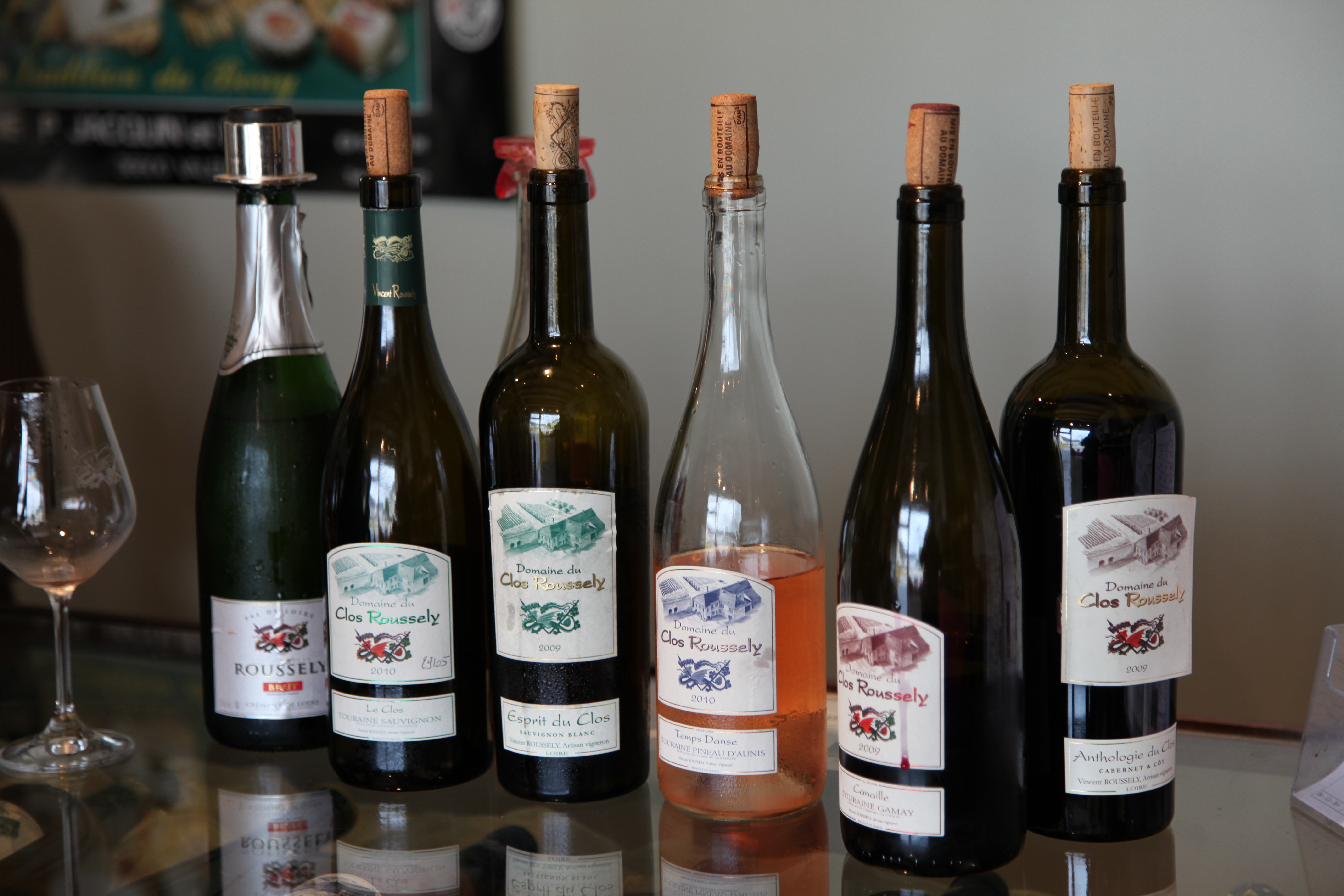
I was surprised by the quality and suppleness of the sweet wines made in the Loire. The most appealing was the subtly sweet Vouvray, not heavily honeyed as many dessert wines but delicate. Chenin Blanc is a very enriching varietal for making these sweet wines. Domaine du Clos Roussely makes also sweet wine but from Sauvignon Blanc, that is lighter, low in alcohol and shy.
The Loire wine diversity should be appreciated, and it is best to “use all five senses while tasting wine” as Vincent Roussely told me. I agree with him also that we should not “deceive our taste buds by focusing on how thinks look” when inspecting how the bottle, the label or the name of the wine appears. Instead we should smell it, savour it and connect it with the occasion, so we can fully explore the five senses we were given by nature: the sight, smell, taste and even touch and listening in the moment we sip the wine. Santé!


